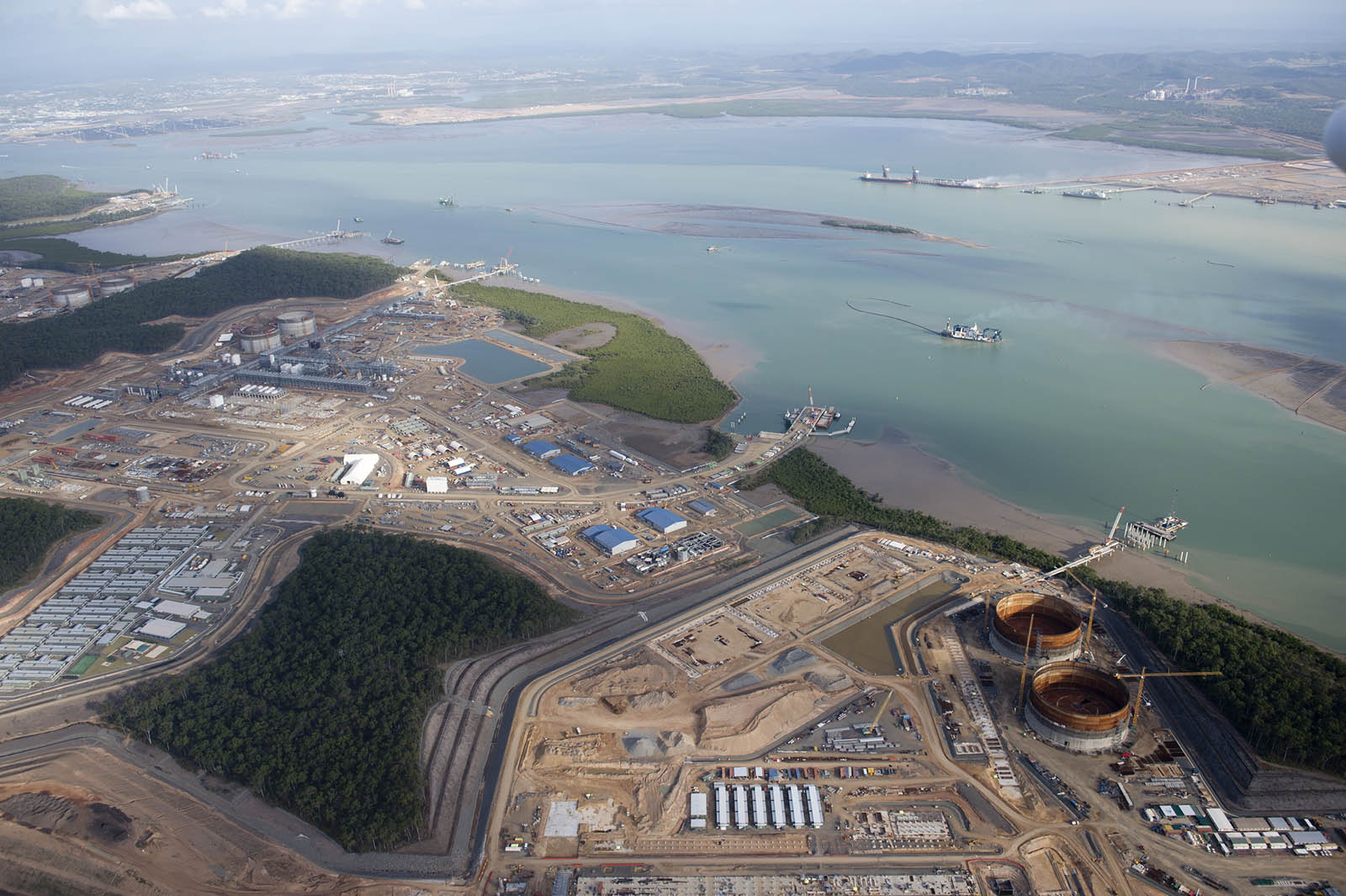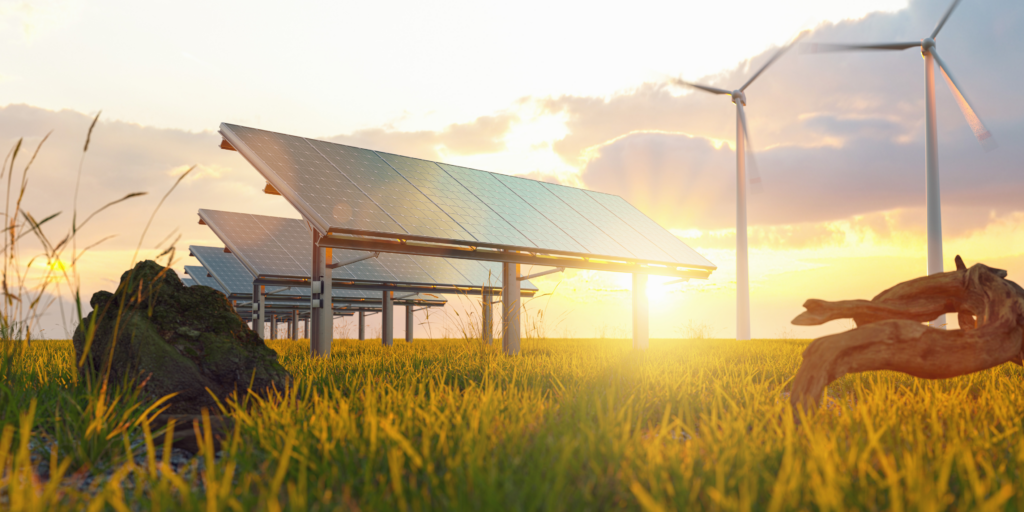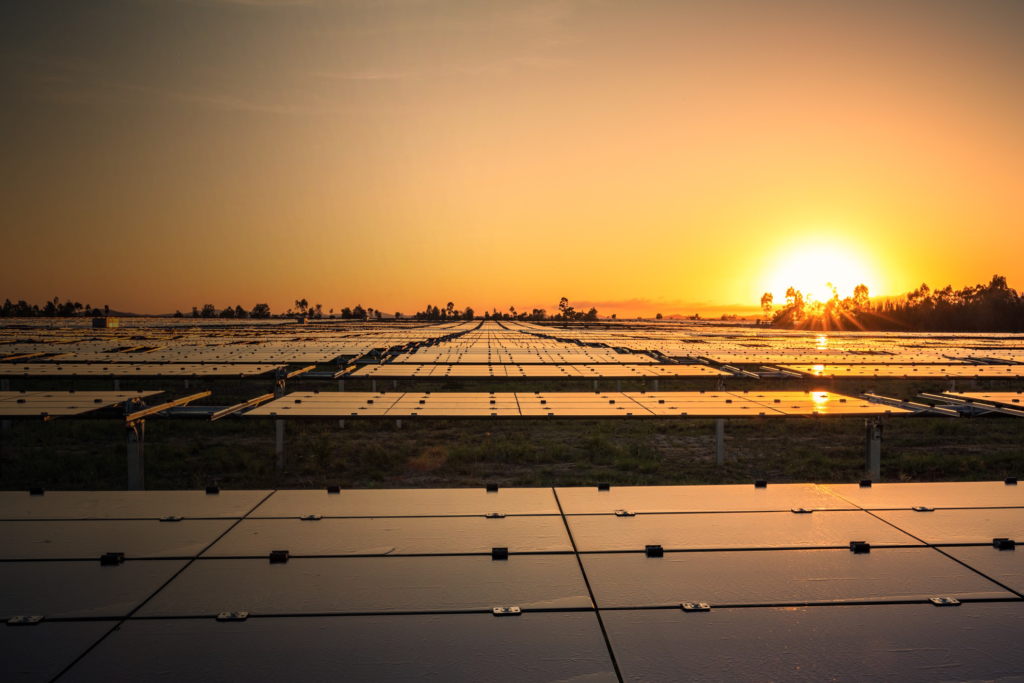Australia recently overtook Qatar to become the world’s largest exporter of liquefied gas [LNG]. Liquefied gas is a fossil fuel that has been cooled down to liquid form for storage and transport.
The growing emissions from the gas industry – which releases immense quantities of climate pollution along the full supply chain – have more than offset any reduction of emissions elsewhere. In recent years, Australia has seen a remarkable rollout of wind and solar generation, but the reduced emissions in the electricity sector pale in comparison to the increases from gas.
There are currently ten LNG production facilities in Australia – five in Western Australia, three in Queensland, and two in the Northern Territory. Australia exports around 80 million tonnes of LNG per year.
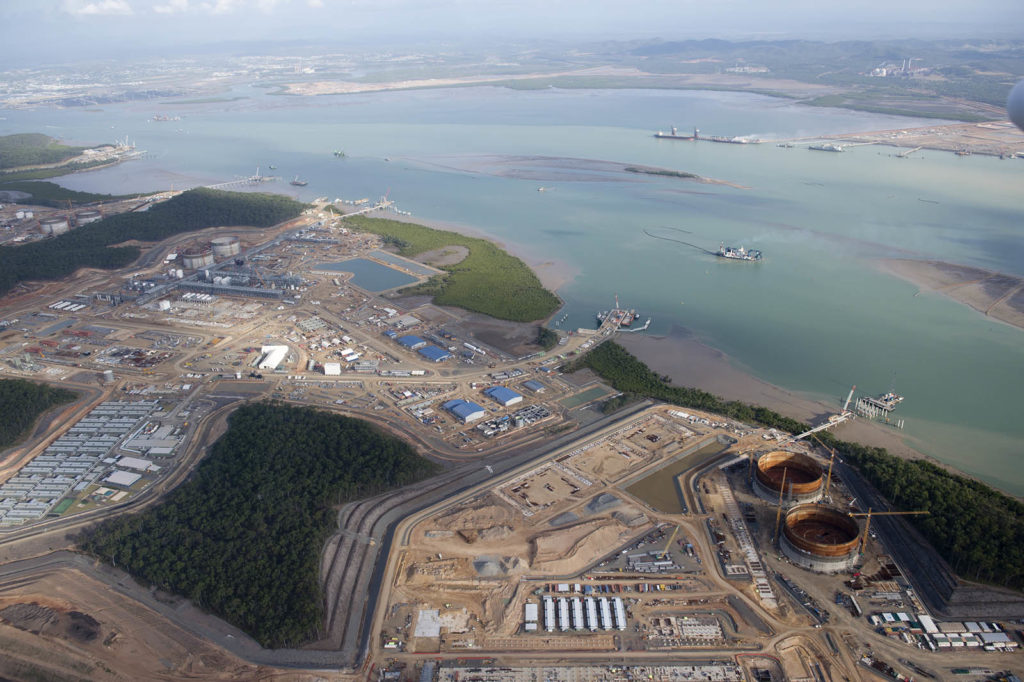
LNG plant in Gladstone, QLD. Image: The Australian Greens, licensed under (CC BY-NC-ND 2.0)
Without credible climate policy, there’s no realistic prospect of emissions reductions. Australia emitted 534 million tonnes of greenhouse gas last year and released an identical amount in the first year of the current government. Unsurprisingly, annual emissions are not expected to decline significantly between now and 2030 using the government’s official projections.
Australia’s dramatic expansion in liquefied gas production and export is a major factor driving current and future emissions growth. Extracting, transporting and burning gas releases greenhouse gas pollution in the form of carbon dioxide and methane, which is a potent greenhouse gas.
Indeed, the emissions resulting from unconventional gas extraction (coal seam gas or shale gas) in Australia could actually be worse than reported. This is because Australia’s reporting relies heavily on estimates based on out-of-date United States studies, rather than a systematic measurement of actual emissions from Australia’s coal seam gas industry. Currently, the emissions from unconventional gas in Australia are largely unknown due to a lack of measurement and data.
As Australia opens new gas production plants and exports more and more gas, there is likely to be increased dependence on unconventional gas sources to meet local demand and export contracts.
Extracting coal seam gas (CSG) and shale gas often uses a process called hydraulic fracturing, or “fracking”. In addition to concerns about greenhouse gas pollution, unconventional gas is much more costly to develop and use. The development of unconventional gas involves drilling thousands of gas wells, many on prime agricultural land.
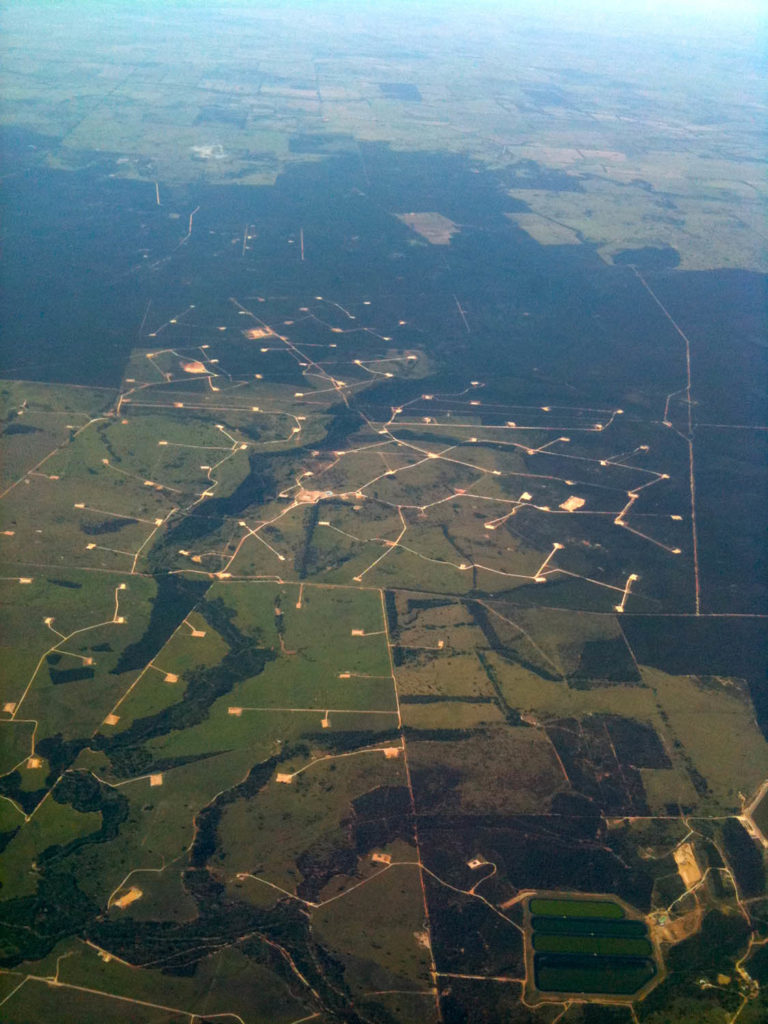
“Gasfield, Tara, QLD” by Flickr user Lock the Gate Alliance licensed under CC BY 2.0
Limiting global temperature rise requires that the use of all fossil fuels, including gas, is rapidly phased out. For a reasonable chance of keeping global temperature rise below 2°C, more than 70% of Australia’s existing conventional reserves of gas must stay in the ground. Development of new unconventional gas is entirely out of step with action on climate change.
For more information, read the Climate Council’s Pollution and Price: The Cost of Investing in Gas

